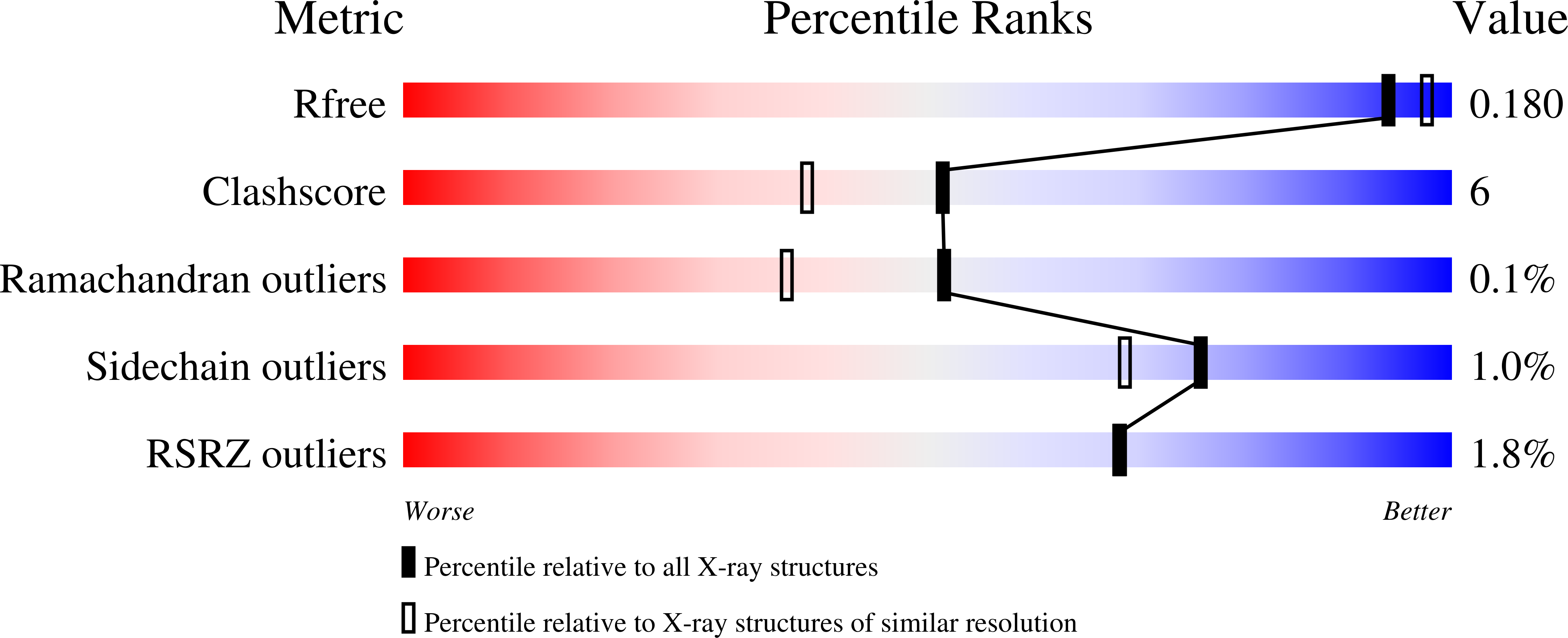
Deposition Date
2020-07-17
Release Date
2021-02-10
Last Version Date
2024-11-20
Entry Detail
Biological Source:
Source Organism:
Thermobacillus xylanilyticus (Taxon ID: 76633)
Host Organism:
Method Details:
Experimental Method:
Resolution:
1.85 Å
R-Value Free:
0.16
R-Value Work:
0.14
R-Value Observed:
0.14
Space Group:
P 65 2 2


